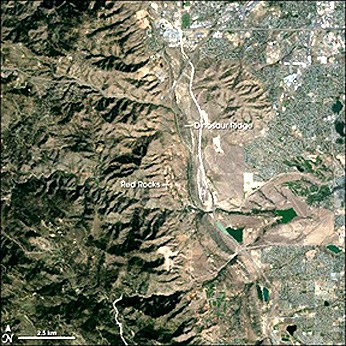 “Forest planning has been hijacked by a generation of planners who turned what should have been a narrowly-focused effort to constrain an out-of-control Forest Service logging program and turned it into a wasteful, endless, bureaucratic exercise with little merit. “ Andy Stahl (my bolding)
“Forest planning has been hijacked by a generation of planners who turned what should have been a narrowly-focused effort to constrain an out-of-control Forest Service logging program and turned it into a wasteful, endless, bureaucratic exercise with little merit. “ Andy Stahl (my bolding)
My memory was the that FS had identified overanalysis as a more general problem and had looked internally and externally to describe the sources and some solutions. NOTE: that this was more focused around project planning than forest planning, but one might hypothesize that some of the causes and cures would be the same.
I do remember some thinking going along the lines of : if people don’t want projects or plans to happen, and they appeal and litigate on procedural grounds (NEPA and NFMA processes), then the FS needs to develop “bullet proof ” documents. This is a dynamic which inexorably leads to over-analysis.
Some empirical evidence might be looking at other agencies and seeing how much they over-analyze (given that the right level of analysis is in the eye of the beholder) and attempting to correlate that with amount of litigation. I did have some experience with some APHIS NEPA that would suggest that since at the time they faced little litigation, they did not over-analyze.
I was looking for the original FS report on gridlock, and ran across a couple of interesting things in my internet search.
One is a discussion between Neal Sampson and Andy Stahl about gridlock in 1995.
I also found the original report on Process Predicament from 2002. From the Executive Summary on page 5 :
Unfortunately, the Forest Service operates within a statutory, regulatory, and administrative framework that has kept the agency from effectively addressing rapid declines in forest health. This same framework impedes nearly every other aspect of multiple-use management as well. Three problem areas stand out:
1. Excessive analysis—confusion, delays, costs, and risk management associated with the required consultations and studies;
2. Ineffective public involvement—procedural requirements that create disincentives to collaboration in national forest management; and
3. Management inefficiencies—poor planning and decision-making, a deteriorating skills base, and inflexible funding rules, problems that are compounded by the sheer volume of the required paperwork and the associated proliferation of opportunities to misinterpret or misapply required procedures.
These factors frequently place line officers in a costly procedural quagmire, where a single project can take years to move forward and where planning costs alone can exceed $1 million. Even noncontroversial projects often proceed at a snail’s pace
.
Finally I found a news report in which both Chris Wood and Mark Rey panned the above report. Now, usually Chris Wood and Mark Rey tend not to be on the same side, at least on things that are politically charged, so the fact that they neither thought much of the Process Predicament report is somewhat intriguing.
It sounds like we (the combination of externals and internals) never really worked through this issue, and it remains unresolved. Re-investigating the causes and cures for this phenomenon, or at least how it applies to forest planning, may be important to design plans with appropriate levels of analysis and planning rules to require an appropriate level.


